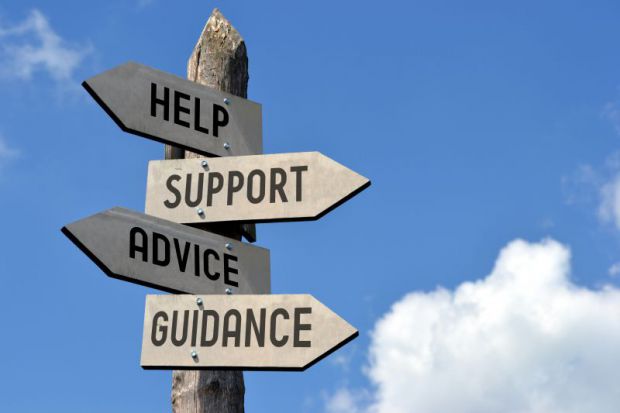Counsellor resource: How to help students identify their ‘why’
Too often, students are asked ‘what do you want to be when you grow up?’, but perhaps that isn’t the right question. Instead, asking them to identify what issues they believe in and what brings them joy might help them to identify their career paths

There are many reflective resources from outside of the field of international education and college counselling that we can use to reorient students’ mindsets about their future paths. Instead of having our students obsess over fields of study or specific professions, counsellors can use resources such as the three outlined below to guide students to think through their “why” and then use that to chart their college and career paths.
Shifting student mindsets from responding to the pressure of slotting into narrow academic and professional niches that are equated with societal, familial and financial success empowers young people to think more openly about how to pursue lives of impact and purpose.
1. Ikigai
Ikigai is a Japanese philosophy that centres on a person’s reason for being. By utilising the concept of Ikigai, we encourage students to reflect on the intersection of their passions, professions, missions and vocations. This concept invites us to consider ourselves at the centre of a larger circle to identify a path towards a fulfilling life.
Although Ikigai is not inherently career-focused, it provides students with an opportunity to reflect on their identities and future aspirations. Consider posing these Ikigai-inspired questions to students: What does the world need? What can you be paid for? What are you good at? What do you love?
2. Stanford Life Design Lab
Utilising the principles from this Stanford University Design Lab resource, students will have fun creating their Odyssey Plans, three very different potential life pathways that include a range of steps.
This process helps to relieve the pressure of having to choose one pathway in life and helps them understand that there are many paths to a fulfilling, successful life – and that they do not have to plan their future career pathways now.
“Life Design is a creative, iterative, human-centred, problem-solving methodology that can be applied to navigate change and transition throughout life…The Life Design approach is based around five key mindsets of curiosity, bias to action, reframing, awareness and radical collaboration,” says the University of Edinburgh’s Teaching Matters Blog.
3. Sustainable Development Goals
Using the United Nations 17 Sustainable Development Goals as a compass, guide students to think of their futures, not in terms of what they want to be, but in terms of which challenges they want to work on in their lives.
Print a poster of the SDGs for the wall of your counselling office or classroom, to which students can refer over the course of their high school careers. Have students research the varied careers that are important to a particular SDG, whether it be access to health, climate action, gender equality and so on.
This lesson plan was created collaboratively as part of the Level 2 CAP Assessment by:
Adam Kendis: Santa Cruz Cooperative School, Bolivia
Carrie Guillen: Chadwick International School, South Korea
Jim Faherty: Green School Bali, Indonesia
Kasey Semler: Cairo American College, Egypt
Paul Sweet: Dulwich College Seoul, South Korea
Rebecca Zeigler Mano: USAP Community School, Zimbabwe
Samantha Caras: British School Manila, Philippines




